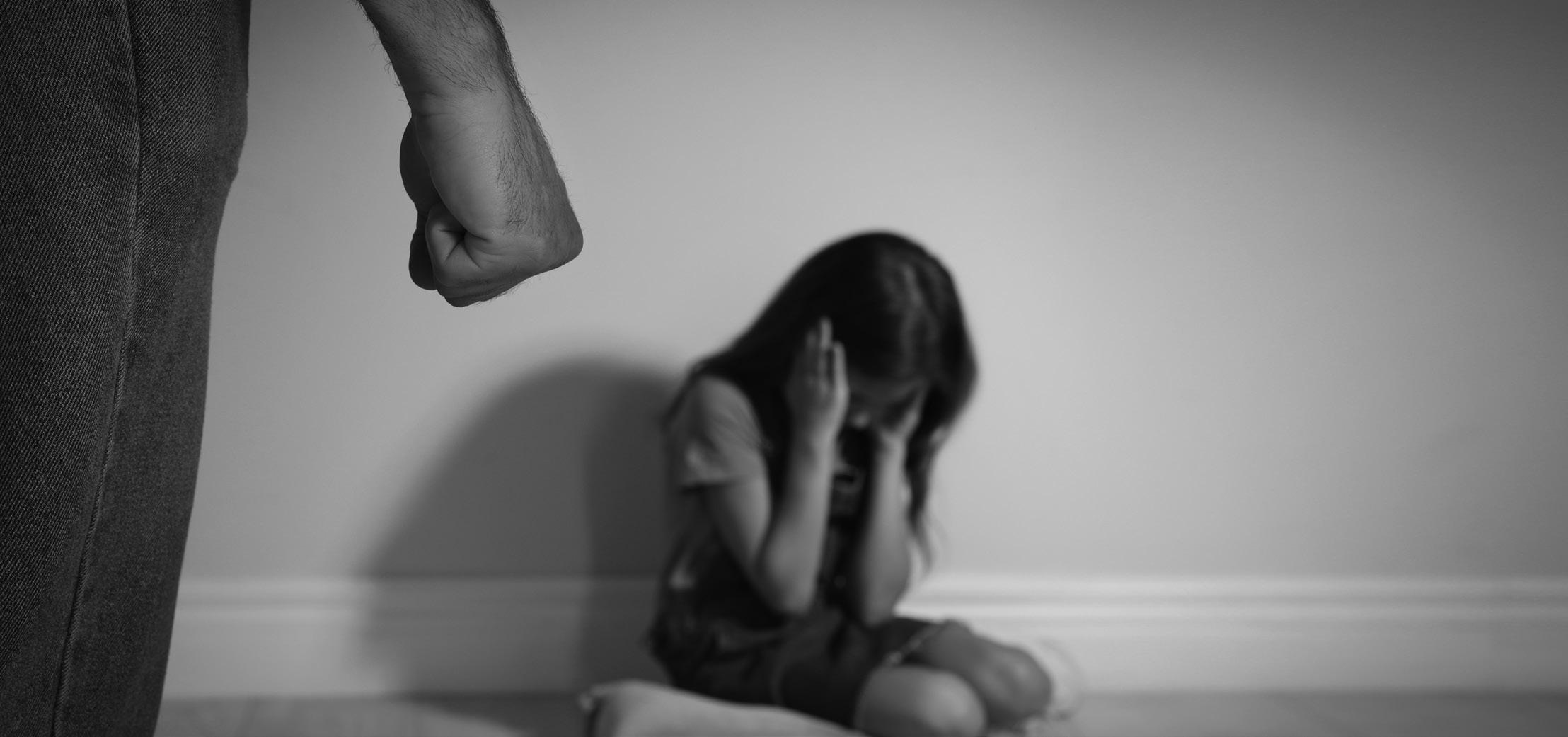
5 minute read
Non-accidental injury in children in the time of COVID-19 pandemic
Emily Baird
Non-accidental injury (NAI) is often considered to be a silent pandemic. Even in the best of times, sadly, abuse goes unnoticed and children come to harm. At its most extreme, this leads to the death of the child, and worldwide, there are estimated to be 50,000 deaths each year 1 .
Advertisement
Emily Baird is a Consultant Paediatric Orthopaedic Surgeon at the Royal Hospital for Sick Children in Edinburgh, with an interest in trauma, and the paediatric hip and foot. Emily has been the President of British Orthopaedic Trainees’ Association, and now sits on the Education Committee of the British Society for Children’s Orthopaedic Surgery and is the Head of Education for the South East Scotland T&O ST programme.
There are of course subtleties to NAI, a spectrum encompassing any act, or failure to act, that results in serious physical or emotional harm, sexual abuse, neglect or exploitation of a child. We have come a long way since Caffey 2 first described the phenomenon of parental maleficence associated with subdural and retinal haemorrhages, and multiple fractures, in the 1940s. There are whole teams, guidelines, standards and screening tools to safeguard and protect children, which have lowered mortality. However, despite this, the subtle, initial presentations can be missed, and COVID-19 presents the perfect storm for the escalation of NAI. The silent pandemic, becoming even more silent and more deadly in the face a global, viral pandemic.
NAI is more likely to happen
Some departments have reported an increasing number of NAI cases 3 , and when the risk factors for NAI are examined, this comes as no surprise. However, the sad truth is that the abuse will be hidden away, and most departments have in fact seen less referrals to Child Protection recently.
Social isolation is a risk factor intrinsic to the perpetrator of abuse and intrinsic to the family structure. As we have all been asked to limit our social contact in the light of COVID-19, the support that normally comes with socialising with friends and wider relatives is lost. The sudden withdrawal of nurseries, schools and youth programmes takes away not only the respite of childcare, but also the early warning system that these institutions would normally provide. Children with developmental delay and additional needs are at particular risk of abuse, and the loss of respite and support networks for families with children with additional needs is a particularly cruel blow.
Social isolation for many families means confinement, often with multiple children, in small dwellings with no access to outdoor spaces in which families can relive the stress of lockdown. These conditions make for a stressful and volatile environment. Domestic abuse has said to have surged amid lockdown, with the number of deaths (including those of children) more than double the average number 4 .
Mental health services are also particularly fragile at this time. Mothers with post-natal depression and psychosis may have less support, and infants are particularly vulnerable in this setting. Any member of the household may have mental health issues, including substance abuse, which may be less well supported in these challenging times, posing a risk to children living with them.
NAI is known to be more prevalent in families with lower incomes, and financial uncertainty has been further associated with increasing this risk. This was seen during the last economic recession, where there was a substantial increase in abuse and mortality from non-accidental head trauma 5 . Through financial uncertainty, COVID-19 adds yet another element of stress to a precarious situation for many children, and this effect will be long lasting.
Risk factors heightened by COVID-19
• Social isolation • Lack of early warning system • Loss of support systems • Lowered income and financial uncertainty • Perceived lack of access to healthcare • Healthcare systems under stress aware of fractures of differing ages, occult fractures and fractures of long bones in nonambulant children. It is worth bearing in mind that a third of children subjected to physical abuse have fractures 6 , and if a child less than 18 months old has a fracture, there is a one “In some settings the burden of COVID-19 has presented a real challenge delays in presentation and a potential surge in cases once the lockdown has fully lifted. Once recognised, the child should be admitted to the hospital, even with the current risks and restrictions. It is only in the hospital that the child can be considered in a place of
NAI may go unnoticed
Not only are many families under extremely stressful circumstances, but healthcare systems in eight chance that this was sustained non-accidentally 7 . A high index of suspicion, whether in the Emergency Department or Fracture to maintain the standards that are normally safety. The processes to investigate NAI, such as the discussion between healthcare providers, social work and police may not be as rapidly achievable, and the are too. In some settings the burden of COVID-19 has presented a real challenge to maintain the Clinic is paramount, and the involvement of the local Child in place.” length of stay may be dictated by this process, rather than the standards that are normally in place. Staff are Protection Team is essential. orthopaedic treatment. working out with their normal roles and may not be as familiar with the presentation of NAI. Although we are taught that a ‘corner fracture’
The additional challenges of treating NAI
Discharge planning for the child will be challenging. Under normal circumstances, the child may be discharged with additional is pathognomonic of NAI, any fracture can It is common for NAI to present in a delayed supervision, discharged to the care of another represent abuse and we should be particularly fashion, but we can expect to encounter further member of the family, or into an emergency foster placement, all with increased social work support. All of these options are currently History Examination Radiological findings 8,9 compromised by COVID-19 and a longer admission may be required to safe guard the Delay in presentation Does the child look well cared for? Multiple fractures wellbeing of the child.
Inconsistencies in history
Lack of overt trauma
Children <3 years old
Child with additional needs
Lack of medical condition which predisposes to bone fragility Is the child behaving appropriately?
Are the carers behaving appropriately?
Bruising and burns • Atypical places • Differing ages • Differing shapes
Injuries to face, mouth, genitals, perineum, eyes Fractures of differing stages of healing
Femoral fractures • Midshaft • Especially if child <18/12 old
Humeral fractures • Midshaft • Especially if child <24/12 old
Skull fractures
Rib fractures
Corner fractures
Subdural haemorrhage
Conclusion
NAI is the tragic outcome of a complex interplay between the individual, relationship, community and society, and COVID-19 has accentuated the risk factors and compounded the complexity of the presentation. It must be a diagnosis which we seek to actively dismiss, to safeguard the children under our care, as it is often the failure to recognise the abuse that leads to the child’s demise. n
References
References can be found online at www.boa.ac.uk/publications/JTO.










